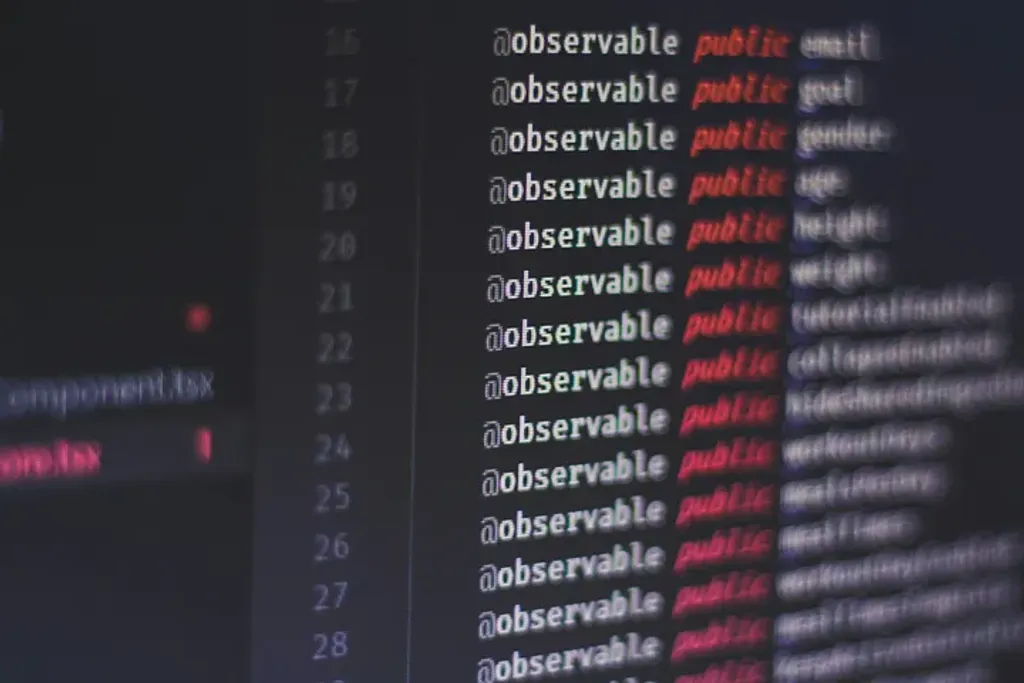Table of contents
Open Table of contents
Introduction to Decorators
In Python, decorators provide a powerful way to modify the behavior of functions or methods. They are a special kind of function that can wrap another function or method, adding new functionality or modifying its output. Decorators are a cornerstone of Python programming, enabling more readable and reusable code. In this blog, we’ll explore three common types of decorators: timing function execution, debugging function calls, and caching return values. Through practical examples, you’ll learn how to implement and use these decorators to enhance your Python code.
Problem 1: Timing Function Execution
One of the most useful applications of decorators is to measure the time a function takes to execute. This can be particularly helpful for performance optimization.
import time
def timer(func):
def wrapper(*args, **kwargs):
start = time.time()
result = func(*args, **kwargs)
end = time.time()
print(f"{func.__name__} ran in {end - start} seconds")
return result
return wrapper
@timer
def example_function(n):
time.sleep(n)
example_function(2)
In this example, the timer decorator measures the execution time of example_function. When the function is called, the decorator records the start and end times, calculates the duration, and prints it. This is incredibly useful for identifying slow functions and optimizing them.
Problem 2: Debugging Function Calls
Another common use for decorators is debugging. By creating a decorator that prints the function name and the values of its arguments every time the function is called, you can easily trace how functions are used throughout your code.
def debug(func):
def wrapper(*args, **kwargs):
args_value = ', '.join(str(arg) for arg in args)
kwargs_value = ', '.join(f"{k}={v}" for k, v in kwargs.items())
print(f"Calling: {func.__name__} with args={args_value} and kwargs={kwargs_value}")
return func(*args, **kwargs)
return wrapper
@debug
def hello():
print("Hello")
@debug
def greet(name, greeting="Hello"):
print(f"{greeting}, {name}")
hello()
greet("chai", greeting="hanji")
Here, the debug decorator prints the function name and its arguments before calling the function. This is especially helpful for tracking down bugs and understanding the flow of data through your functions.
Problem 3: Cache Return Values
Caching is a technique used to store the results of expensive function calls and reuse them when the same inputs occur again. This can significantly improve performance for functions that are called repeatedly with the same arguments.
import time
def cache(func):
cache_value = {}
def wrapper(*args):
if args in cache_value:
return cache_value[args]
result = func(*args)
cache_value[args] = result
return result
return wrapper
@cache
def long_running_function(a, b):
time.sleep(4)
return a + b
print(long_running_function(2, 3))
print(long_running_function(2, 3))
print(long_running_function(4, 3))
In this example, the cache decorator stores the results of long_running_function in a dictionary. If the function is called again with the same arguments, the cached result is returned instead of re-executing the function. This is particularly useful for functions with long execution times or those that perform complex calculations.
A Story of Decorators and Python
Once upon a time in the land of Codeville, there was a programmer named Alex. Alex loved writing Python code and was always on the lookout for ways to make their code cleaner, more efficient, and easier to understand. One day, Alex stumbled upon the concept of decorators.
Alex first learned how to measure the execution time of functions using the timer decorator. This was a revelation! Alex could now pinpoint exactly which parts of the code were slowing down their programs.
Next, Alex explored the debug decorator. With it, they could easily see the flow of data through their functions, making debugging a breeze. Alex no longer had to insert countless print statements throughout the codebase.
Finally, Alex discovered the power of caching with the cache decorator. This was particularly useful for a project involving complex mathematical calculations. By caching the results of expensive function calls, Alex was able to drastically reduce the runtime of their program.
Alex’s newfound knowledge of decorators transformed their coding practices. The code became more efficient, easier to maintain, and more enjoyable to write. Decorators became an indispensable tool in Alex’s programming toolbox, and they lived happily ever after in the world of Python.
Conclusion
Decorators are a versatile and powerful feature in Python that allow you to enhance your functions with minimal code changes. Whether you need to measure execution time, debug function calls, or cache return values, decorators can help you write more efficient and readable code. By mastering decorators, you can take your Python programming skills to the next level and become a more effective and productive developer.
Enjoyed the read? If you found this article insightful or helpful, consider supporting my work by buying me a coffee. Your contribution helps fuel more content like this. Click here to treat me to a virtual coffee. Cheers!
